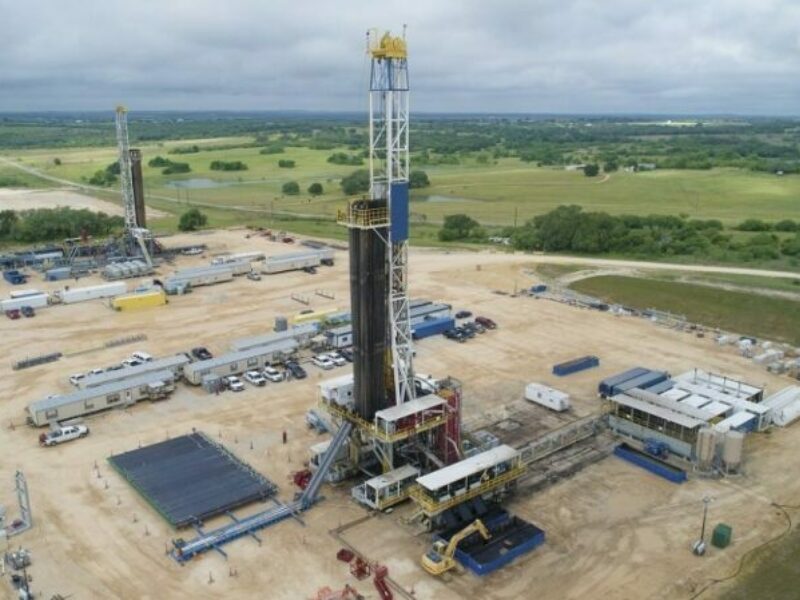Managing Methane: Detecting and Mitigating Emissions
A common notion in the business world is that you can’t manage what you can’t measure. And with a growing interest in decreasing methane emissions forming in both government and the oil and gas industry, focus on detecting and characterizing emissions has increased drastically.
The majority of methane emissions around the world originate from landfills, agriculture, and coal. However, the oil and gas industry has been the subject of particular scrutiny as efforts to curb emissions have increased. While the industry has taken significant strides in reducing methane emissions, current figures on methane emissions are largely based on estimates due to the complicated nature of continuously measuring methane across a wide geographic area. A new study published in the journal Nature found that actual methane emissions related to oil and gas production may be up to three times higher than previously thought.
Flyover Country: Aerial Surveys of Oil and Gas Sites
The study, published online March 13, 2024, used airborne surveys of nearly 1 million sites in six oil and gas producing regions across the United States. The surveys used airborne measurements from infrared spectrometers that detect the signature of methane in reflected sunlight and other data to produce a comprehensive picture of methane emissions in the United States.
The study found that most of the emissions were from well sites, primarily originating from unlit flares, and midstream facilities (including pipelines). However, emissions were not spread evenly throughout the country, with emissions rates varying widely between regions and among different locations and types of facilities. Having an accurate understanding of how much methane is emitted at various locations will be crucial to mitigate emissions and meet government and industry rules.
The Right Tool: Measurement Methods Have Advantages and Disadvantages
Since 1990, the U.S. Environmental Protection Agency (EPA) has maintained an inventory of greenhouse gas emissions and sinks in the United States. Methane is one of several greenhouse gases the EPA tracks, making up just over 11 percent of the inventory. New technologies, such as drones, are making it possible to better detect and characterize methane emissions. Additionally, new satellites will allow a larger area to be surveyed And provide more accurate data on the intermittent nature of emissions to enable better estimates to inform remediation.
However, there is no perfect solution for tracking methane emissions and the practice is not as simple as it may seem at first glance. Survey altitude, instrument type, and even land type can influence methane measurements. Thus it is vital that scientists carefully select appropriate observations methods for each region. Additionally, because many emissions events are fairly short-lived, continuous ground-based and repeated airborne and satellite measurements are crucial. Integrating measurements from many different sources into a comprehensive dataset would likely yield greater insights than any single observation method.
Not So Simple: Finding and Mitigating Emissions is Often Challenging
Having a better understanding of how much methane is being emitted and where emissions are happening is key to cost effective and timely remediation.
Sealing annular leaks in oil and gas wells a growing focus for many companies, but often ends up being extremely expensive due the complicated nature of downhole intervention and the use of sealants not well suited for the application. BioSqueeze Inc. provides a comprehensive turn-key solution for sealing leaks leveraging thorough analysis and job design aided by an innovative new technology for assessing cement integrity (ACI™) and biomineralization technology specifically designed to heal cement and eliminate even the most difficult to seal leaks.
Have a well you'd like us to take a look at? Our team is happy to conduct a complimentary review of your well and provide and unbiased recommendation on the best course of action to eliminate your issue. Please fill out the form below for more information on our technology or to set up a review.


